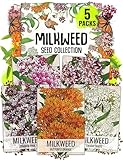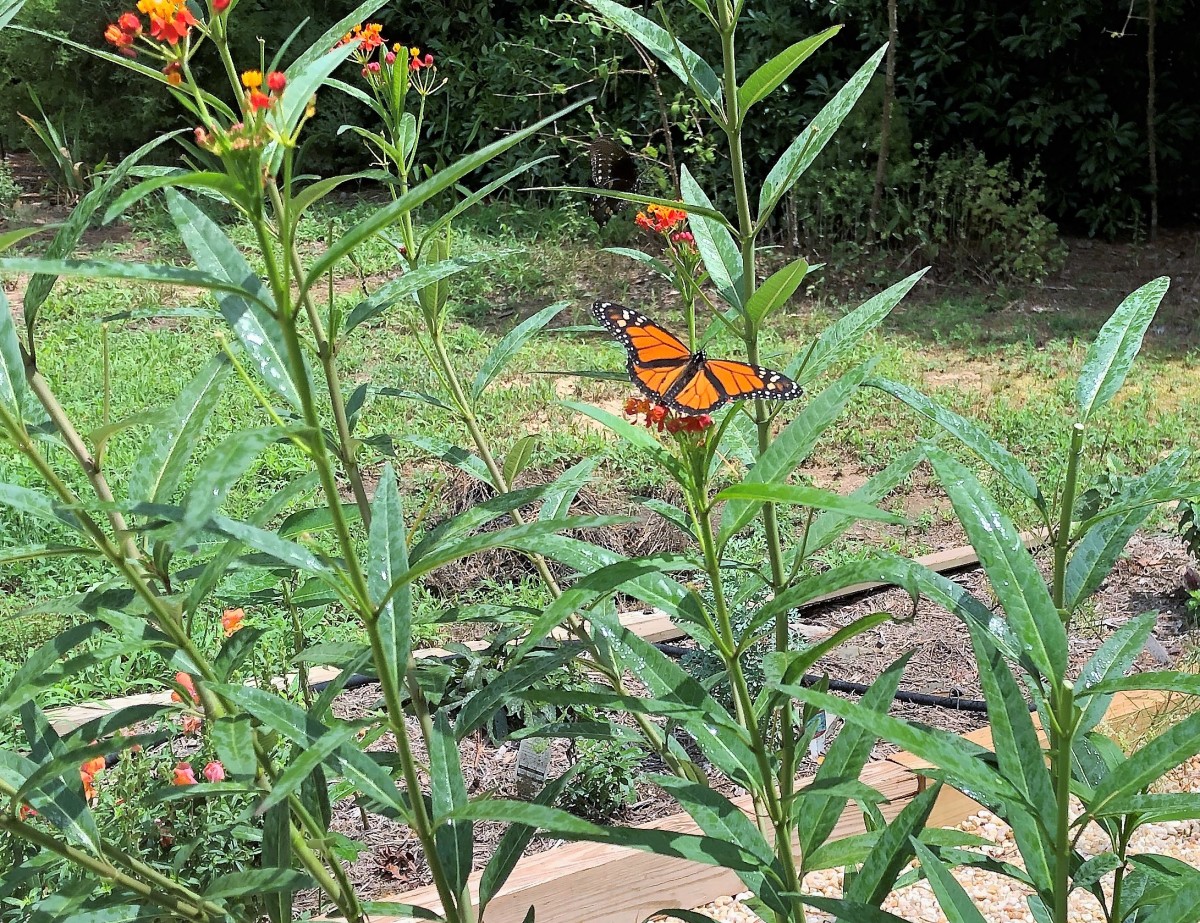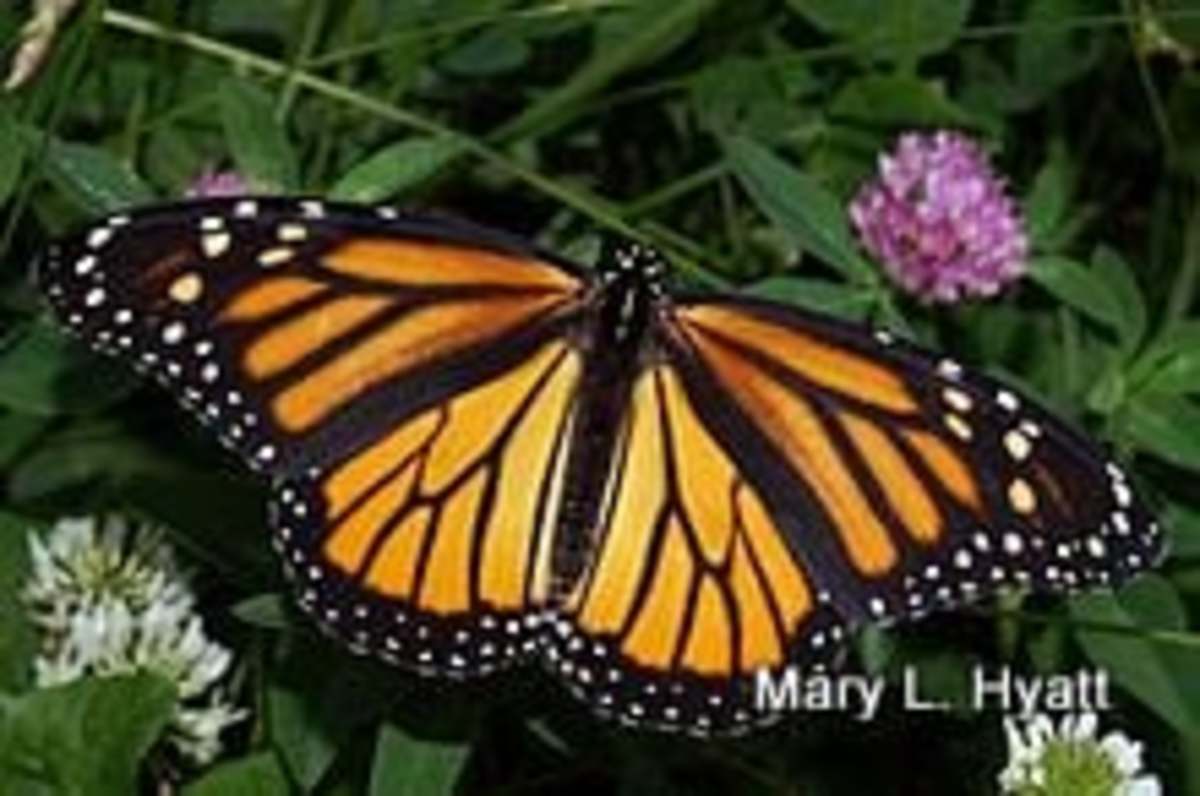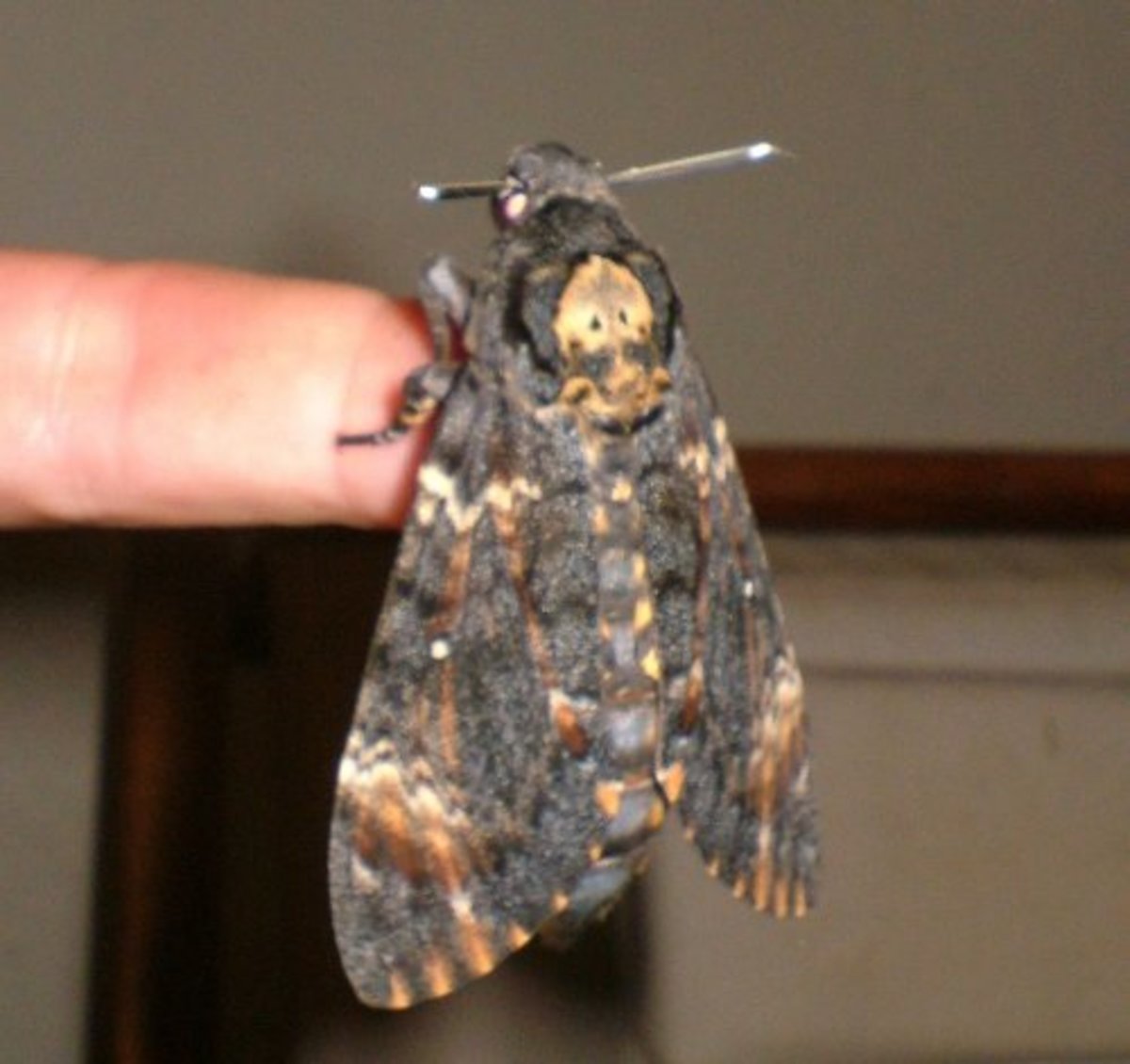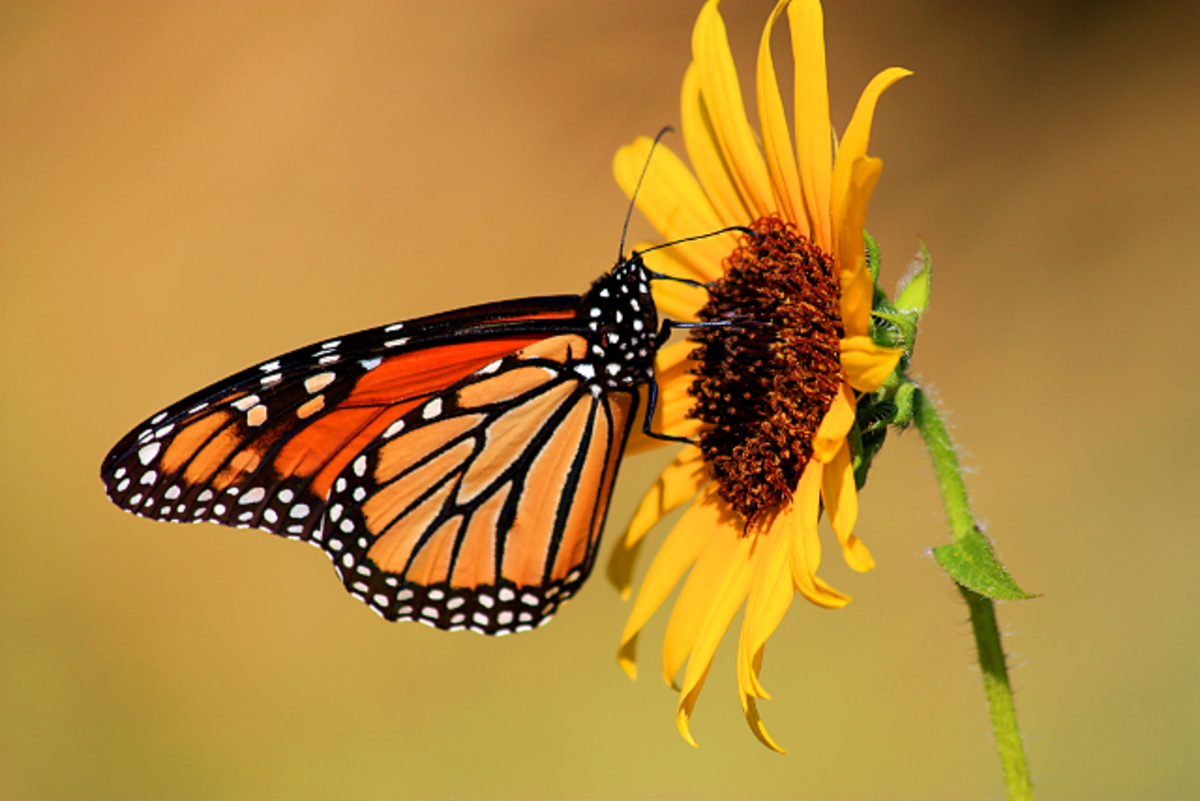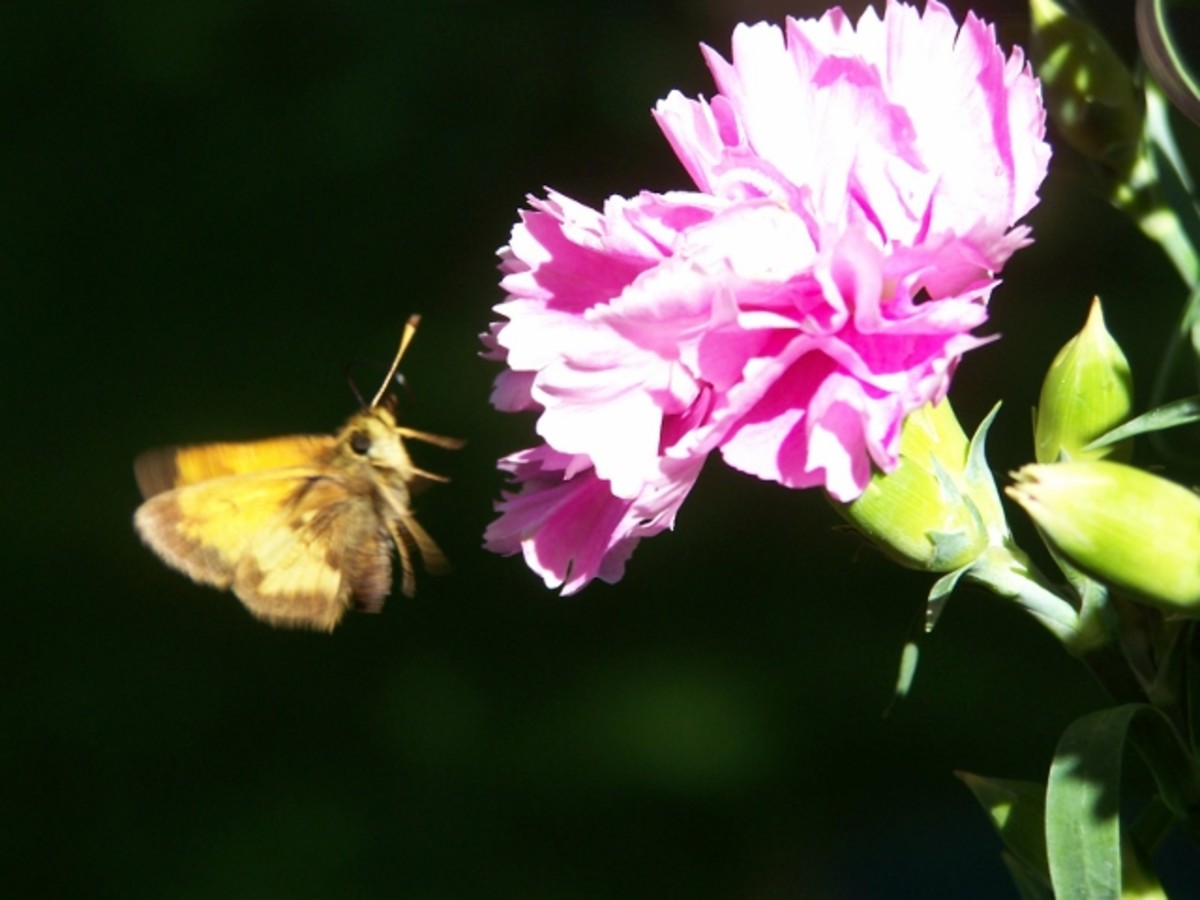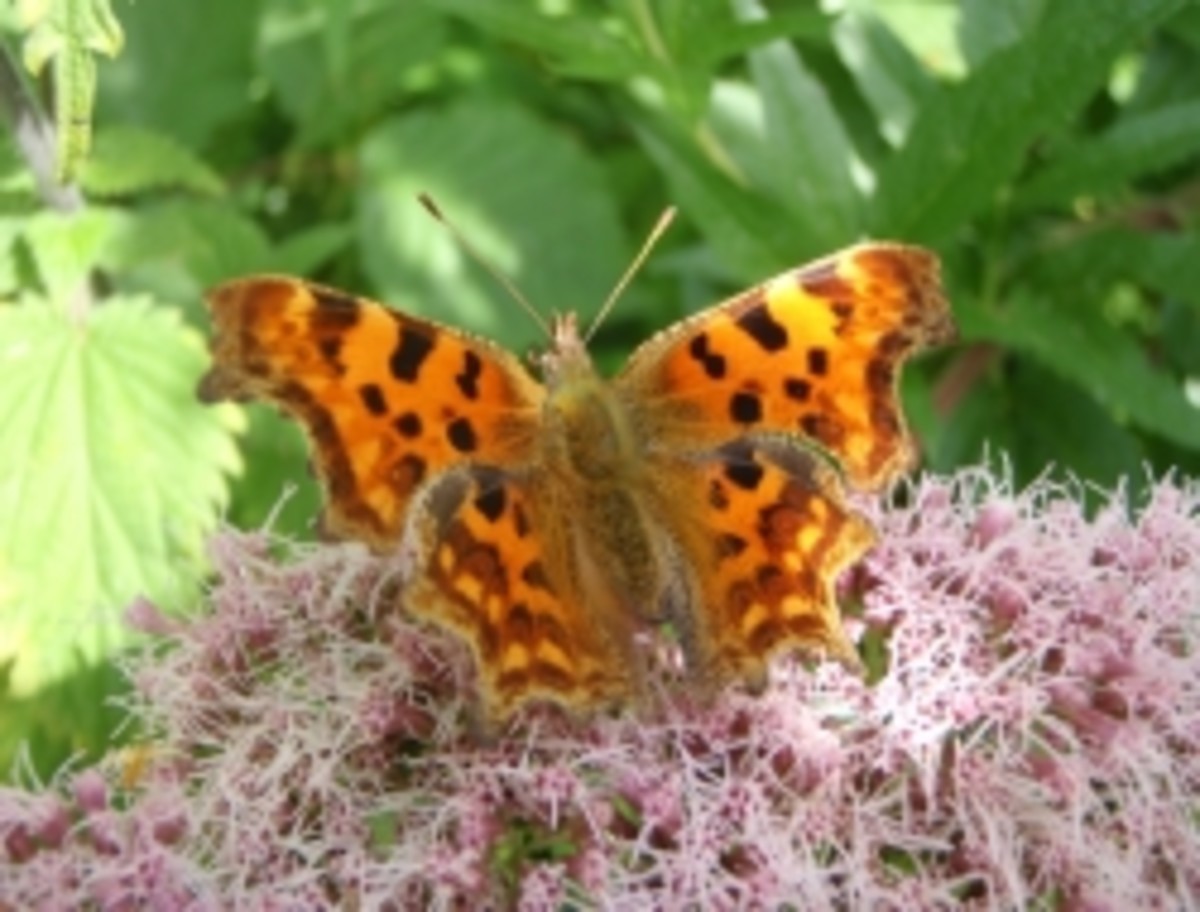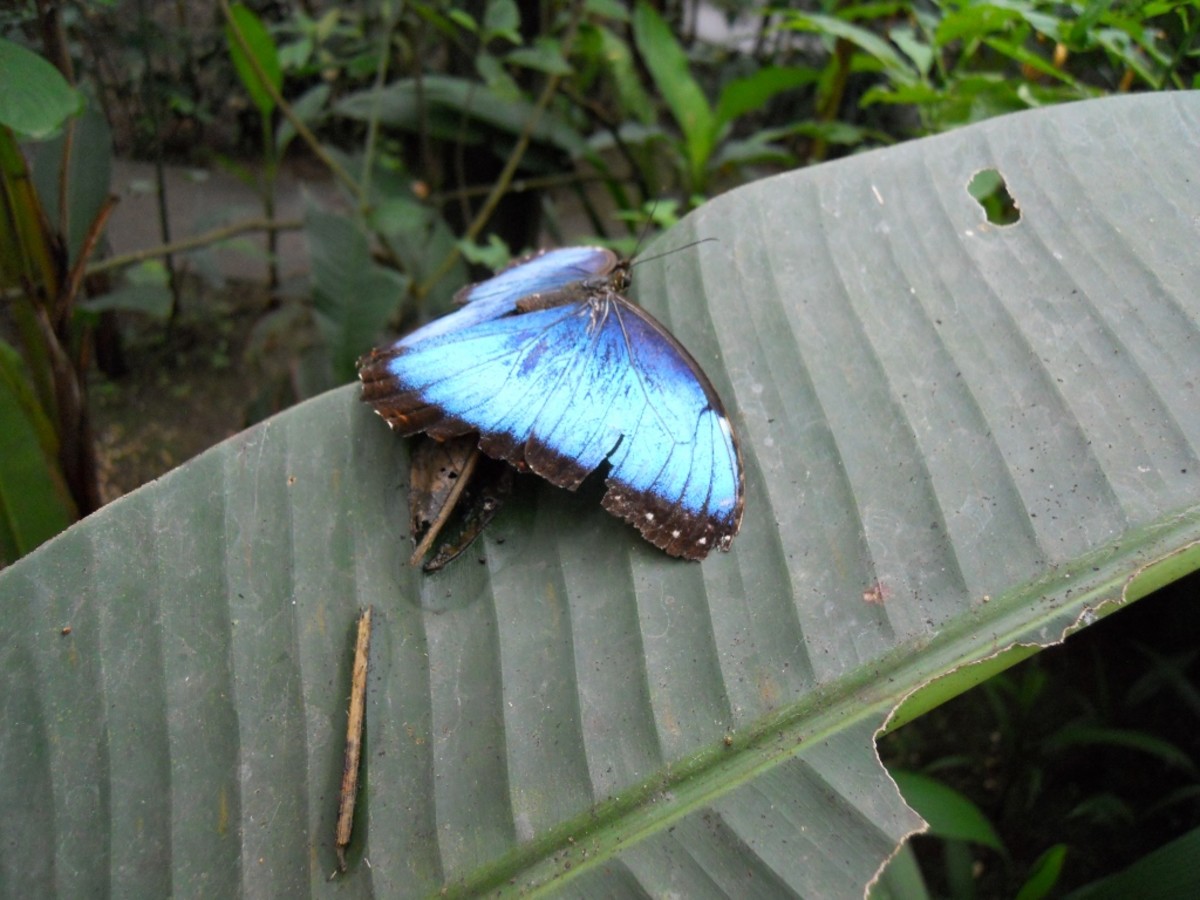- HubPages»
- Education and Science»
- Life Sciences»
- Entomology»
- Insects & Bugs
Butterfly gardening in Tenerife to help the Monarch Butterfly
Gardening for butterflies in Tenerife
Jane Kilcoyne who lives in Chayofa is a butterfly enthusiast like me and has been doing what she can to help the Monarch butterflies (Danaus plexippus) here on Tenerife in the sunny Canary Islands.
Jane thinks of these beautiful insects as "blessings," and blessings are something she knows a lot about because her business is greeting cards. Greetings and blessings and pretty butterflies all go together so well to my mind too!
Canary Islands butterflies release
Butterfly and milkweed photos

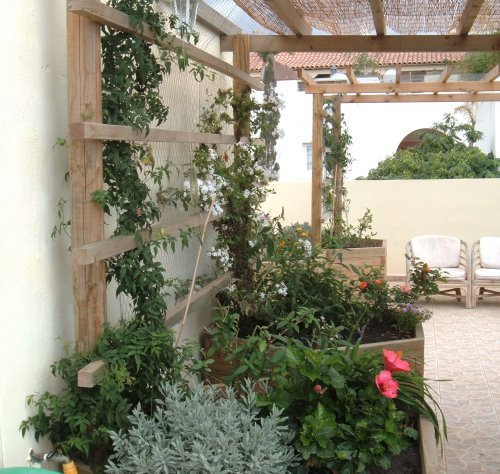

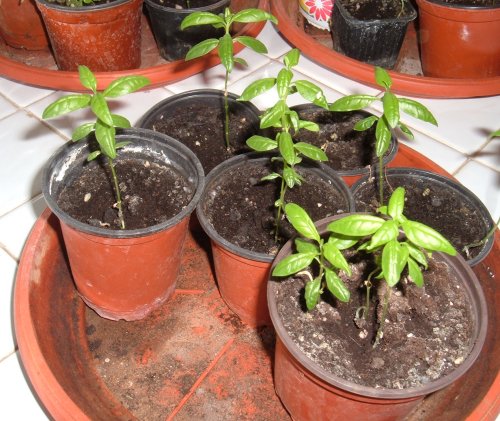
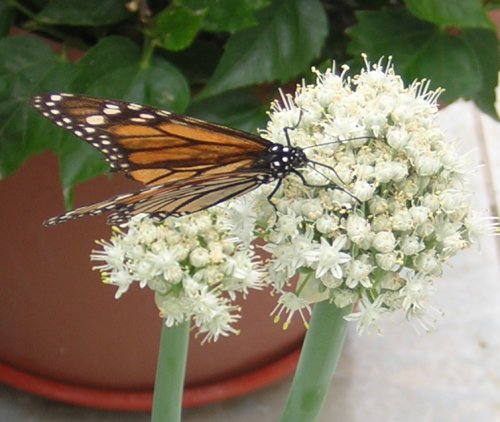
Buy Milkweed seeds to help monarch butterflies
Butterfly poll
Have you ever helped butterflies?
Tenerife Sun
Jane got in touch with the Tenerife Sun after reading one of my articles and kindly invited me to her house where her passion for butterflies is evident even before you get into the garden areas. There are butterfly artworks, butterfly ornaments and a butterfly doormat, and I felt I was stepping off it into the magic of the butterfly world Jane was creating.
Jane showed me her rooftop garden and balcony where over 200 Monarchs have been raised with the caterpillars eating the Scarlet or Curacao Milkweed (Asclepias curassavica) that she has provided for them. And it all started with a small seedling, Jane told me, a seedling of Milkweed that came up in the soil around another flowering shrub she had bought.
A mother Monarch had found the Milkweed plant that Jane had left to grow and the insect had laid her eggs on it. The caterpillars hatched and ate and ate until they changed into chrysalises and then from them emerged the first brood of Monarchs from Jane's Tenerife balcony garden.
Passion Flower
That was over a year ago, and since then the butterflies have kept on hatching out and laying more eggs and there are now hundreds of empty chrysalis shells attached to woodwork and fencing or hanging from leaves and stems of the climbing plants growing there. Jane told she has the Passion Flower (Passiflora edulis) because it has foliage with big leaves ideal for the caterpillars to pupate under, and likewise she grows Hibiscus (Hibiscus chinensis) for the same reason and for the flowers to attract the adult butterflies.
Gardening, or in this case butterfly gardening, is something you learn about as you go along - it is a process of getting in touch with the wonders of the natural world and learning about its mysteries. Jane had discovered that the adult Monarchs love to feed from Onion (Allium cepa) flower heads, and although there were none in bloom when I visited her garden she had a photograph showing a butterfly feeding on one such flower.
I had discovered in my own efforts to rear Monarch caterpillars that the stripy little creatures eat a very large amount of leaves and quickly strip the plants they are on. For this reason, Jane has wisely taken to growing plenty of seedlings of the Milkweed, and she keeps them indoors so they get a chance to grow before they become future caterpillar food.
Peacock butterfly
This is what it's all about really - providing the right food plants for the caterpillars and flowers with nectar for the adults to feed from. In the UK many people who are doing their bit to help wildlife have a patch of Stinging Nettles (Urtica dioica) in their gardens so that Peacock (Vanessa io), Small Tortoiseshell (Nymphalis urticae), Painted Lady (Vanessa cardui) and Red Admiral (Vanessa atalanta) butterflies all have food for their caterpillars.
The same thing applies here on Tenerife where Nettles are the food plants of the two species of Red Admiral with the additional Canary Red Admiral (Vanessa vulcania) being a butterfly endemic to the islands. The butterfly gardener can grow Nettles as well as Milkweed and will then be helping even more species to survive and brighten up our days, and there is a special endemic Canary Islands Nettle (Urtica morifolia) that grows wild in the forested areas.
Buddleia
My friends Emily Weston and Fernando Lorenzo in Las Lajas in the north of Tenerife have these Nettles growing on some of their land at the Mazar Ribah cultural centre and the couple are also cultivating Milkweed as well as a Buddleia or Butterfly Bush (Buddleia davidii). So is Jane, in fact she has more than one, and she told me they are on sale here from some garden centres.
The Butterfly Bush produces colourful spikes of purple, lilac or white flowers that give off a strong perfume that butterflies simply adore, and hence the plant's name. Jane gave me some cuttings and I am looking forward to growing my own.
I am also looking forward to seeing the numbers of Tenerife butterfly gardeners growing and it is a real joy meeting with so many like-minded people in the north and south of the island. I have a dream that one day Tenerife will be known as the "Island of the Butterflies," and we are certainly on our way to making it happen!
Footnote: First published in the Tenerife Sun

